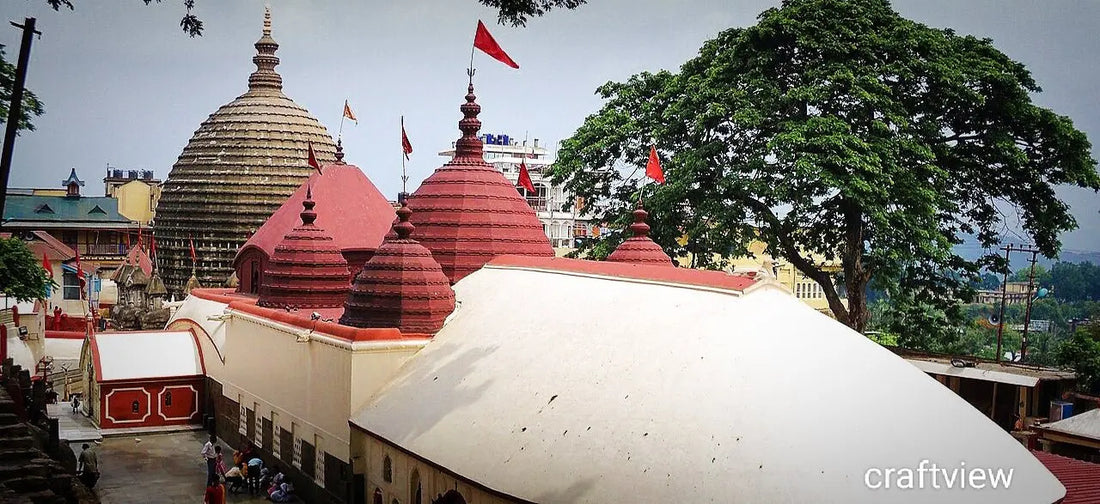The story of the Kamakhya Temple and Maa Kamakhya Devi is one of the most fascinating and sacred narratives in Hindu mythology. The Kamakhya Temple, located in Guwahati, Assam, is one of the oldest and most revered Shakti Peethas, where the goddess Kamakhya, an incarnation of Goddess Parvati, is worshipped. This temple is particularly associated with the Tantric traditions of Hinduism.
The Legend of Sati and the Shakti Peethas
The story begins with the great goddess Sati, the consort of Lord Shiva. Sati was the daughter of King Daksha, who disapproved of her marriage to Shiva, the ascetic god who dwelt in the mountains. To insult Shiva, Daksha organized a grand yagna (sacred fire ritual) and deliberately did not invite Sati or Shiva.
Despite not being invited, Sati insisted on attending the yagna. However, when she arrived, she was humiliated by her father for marrying Shiva. Unable to bear the insult to her husband, Sati immolated herself in the sacrificial fire, leaving Shiva grief-stricken and enraged.
Shiva, in his fury, performed the *Tandava, the cosmic dance of destruction, carrying Sati's charred body. To calm Shiva and save the world from destruction, Lord Vishnu used his Sudarshana Chakra to cut Sati's body into 51 parts. These body parts fell at different locations across the Indian subcontinent, and each site became a Shakti Peetha, a holy shrine dedicated to the goddess in her various forms.

The Kamakhya Temple and Sati
The Kamakhya Temple is believed to be the place where Sati's *yoni (womb or genitals)* fell. As such, the temple is associated with the goddess Kamakhya, who represents the feminine power of creation, fertility, and desire. Unlike most temples, there is no idol of the goddess in the Kamakhya Temple. Instead, the object of worship is a natural stone shaped like a yoni, constantly bathed by an underground spring.

The Significance of Maa Kamakhya:
Maa Kamakhya is revered as the goddess of desire, and her temple is a major center of Tantric worship. She is often associated with the cycle of menstruation, which is celebrated annually during the *Ambubachi Mela*. This festival marks the time when the goddess is believed to undergo her menstrual cycle, during which the temple remains closed for a few days, and then reopens with great festivities.
The temple and the worship of Maa Kamakhya hold a unique place in Hinduism, as they emphasize the sanctity and power of female energy, or *Shakti*. Devotees believe that Maa Kamakhya grants fertility, fulfills desires, and protects them from evil forces. The temple attracts thousands of pilgrims, especially during the Ambubachi Mela, who come to seek the blessings of the goddess.


